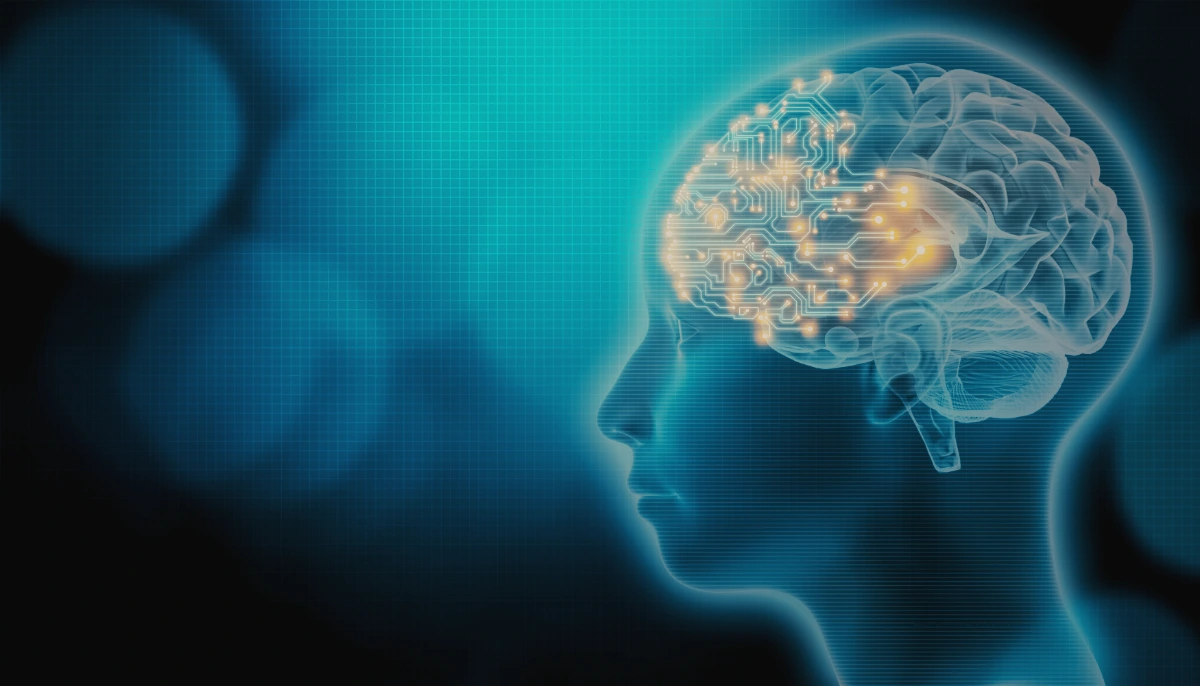Build Your Second Brain: How to Think Smarter in the Age of Digital Overload
Let’s be honest. Finding information isn’t the problem anymore. Keeping it organized and ready when you need it is. Between work messages, podcasts, screenshots, and endless browser tabs, your brain is running at full capacity every day.
That is why people are starting to build what they call a second brain. It is a digital system powered by AI that helps you remember, connect, and create without feeling buried in clutter.

What a Second Brain Really Does
A second brain is not just another app or fancy productivity system. It is your personal knowledge hub. You put in what matters, and it helps you turn those bits of information into something useful.
When you combine it with AI (ChatGPT, Claude, Gemini), it does more than store notes. It learns how your ideas connect. It surfaces old thoughts when they suddenly become relevant again. It helps you think in patterns instead of fragments.
If you want to make your tech work better for you, check out iPad Productivity Shortcuts. It has practical ways to speed up your daily flow without overcomplicating your setup.
How AI Supercharges Your Memory
Old notes are like boxes in a garage. You know the good stuff is in there, but it takes forever to find it. AI changes that.
A second brain powered by AI builds structure for you. It links similar ideas, groups related topics, and even summarizes long documents so you can act on the highlights instead of digging through everything.
Add a note today, and it automatically connects to an idea from months ago. You stop being overwhelmed and start seeing patterns that actually matter.
The Core Loop That Makes It Work
Every strong second brain runs on the same basic cycle:
1. Capture
Save everything that might matter. Ideas, quotes, screenshots, meeting notes, or half-baked thoughts.
2. Organize
Let smart tools or AI handle tagging and structure. You should not waste energy managing folders.
3. Distill
Pull out what is useful. Highlights and summaries keep you focused on the good parts.
4. Retrieve
Search like you are talking to it. Ask, “Show me my ideas for improving focus,” and it delivers results instantly.
Run that loop regularly, and you will move from chaos to clarity.
From Information to Insight
AI helps you do more than store data. It helps you understand it.
You start noticing links between things that used to feel separate. A quote from a podcast matches up with something you read months ago. A random note turns into a full idea. Suddenly, your second brain feels like a creative partner, not just a storage unit.
To see how this kind of intentional thinking connects to real-life results, read Professional Life Strategies. It shows how focus and self-awareness can improve both your personal and work life.
How to Build One That Fits You
Your second brain should match your personality. It should feel natural, not forced. Start with whatever tools you already use. That might be Apple Notes, Notion, or Google Keep. What matters most is that you capture what is valuable and review it often.
A few rules to keep it sustainable:
- Capture ideas as they come.
- Automate where you can.
- Review once a week.
- Link related thoughts often.
If it ever feels heavy, simplify it. A second brain only works if you keep using it.
Why It Matters Right Now
Everyone is busy. Everyone is distracted. The edge now belongs to people who can stay organized and calm while the rest of the world scrolls.
A second brain gives you that edge. It keeps your best ideas within reach, clears mental noise, and helps you create more of what matters.
When your tools work with you instead of against you, you think faster, work smarter, and enjoy life a little more.